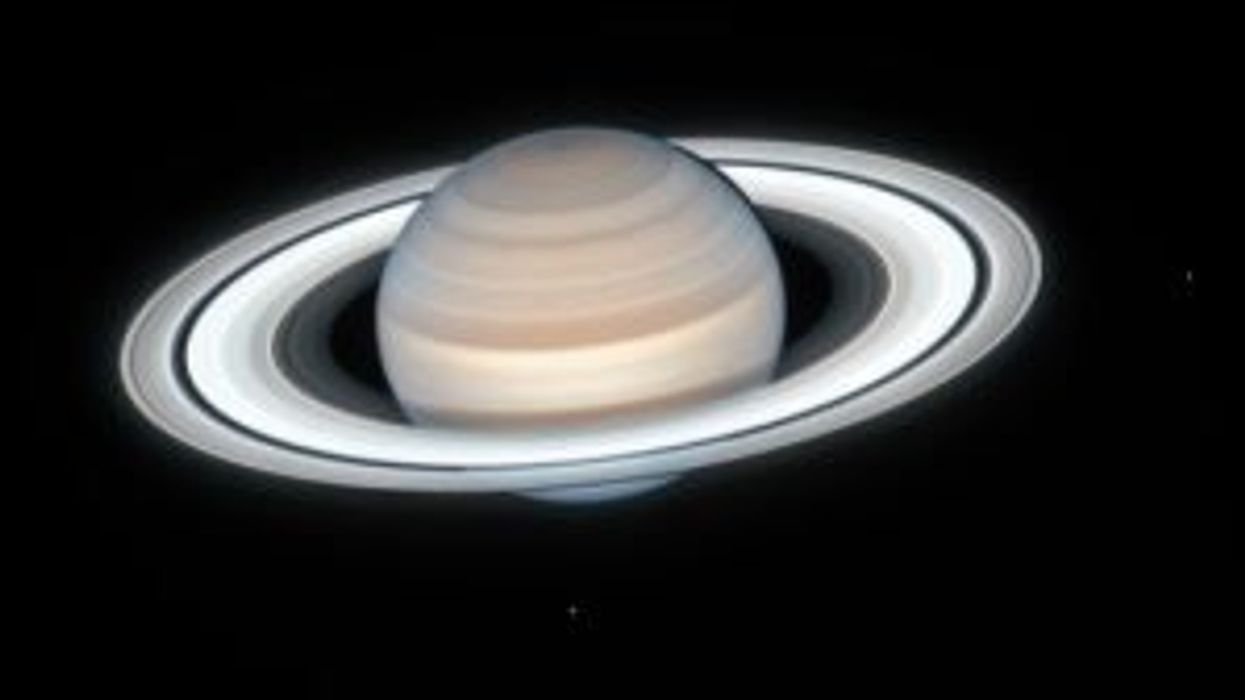Kate Plummer
May 29, 2023
Saturn in the Summertime is a Beautiful Thing and These Images Prove …
content.jwplatform.com
Saturn’s rings might disappear pretty soon astronomically speaking, according to new research.
A new analysis of data captured by NASA’s Cassini mission, which orbited the planet between 2004 and 2017, has revealed new insights into when the seven rings were formed and how long they might last.
During Cassini’s Grand Finale, when the spacecraft completed 22 orbits in which it passed between Saturn and its rings, the researchers observed that the rings were losing many tons of mass per second, which means the rings will only be around another few hundred million years at most.
“We have shown that massive rings like Saturn’s do not last long,” said Paul Estrada, research scientist at NASA’s Ames Research Center in Mountain View, California, and a coauthor of the studies, in a statement.
“One can speculate that the relatively puny rings around the other ice and gas giants in our solar system are leftover remnants of rings that were once massive like Saturn’s. Maybe some time in the not-so-distant future, astronomically speaking, after Saturn’s rings are ground down, they will look more like the sparse rings of Uranus.”
Sign up to our free Indy100 weekly newsletter
Saturn’s rings are made mostly of ice but have a small amount of rocky dust created by broken asteroid fragments and micrometeoroids colliding with the rings.
The research also found that the rings appeared long after Saturn’s initial formation, and were still forming when dinosaurs roamed the Earth.
“Our inescapable conclusion is that Saturn’s rings must be relatively young by astronomical standards, just a few hundred million years old,” said Richard Durisen, professor emeritus of astronomy at Indiana University Bloomington and lead author of the studies in a statement.
“If you look at Saturn’s satellite system, there are other hints that something dramatic happened there in the last few hundred million years. If Saturn’s rings are not as old as the planet, that means something happened in order to form their incredible structure, and that is very exciting to study.”
Have your say in our news democracy. Click the upvote icon at the top of the page to help raise this article through the indy100 rankings.
Top 100
The Conversation (0)














